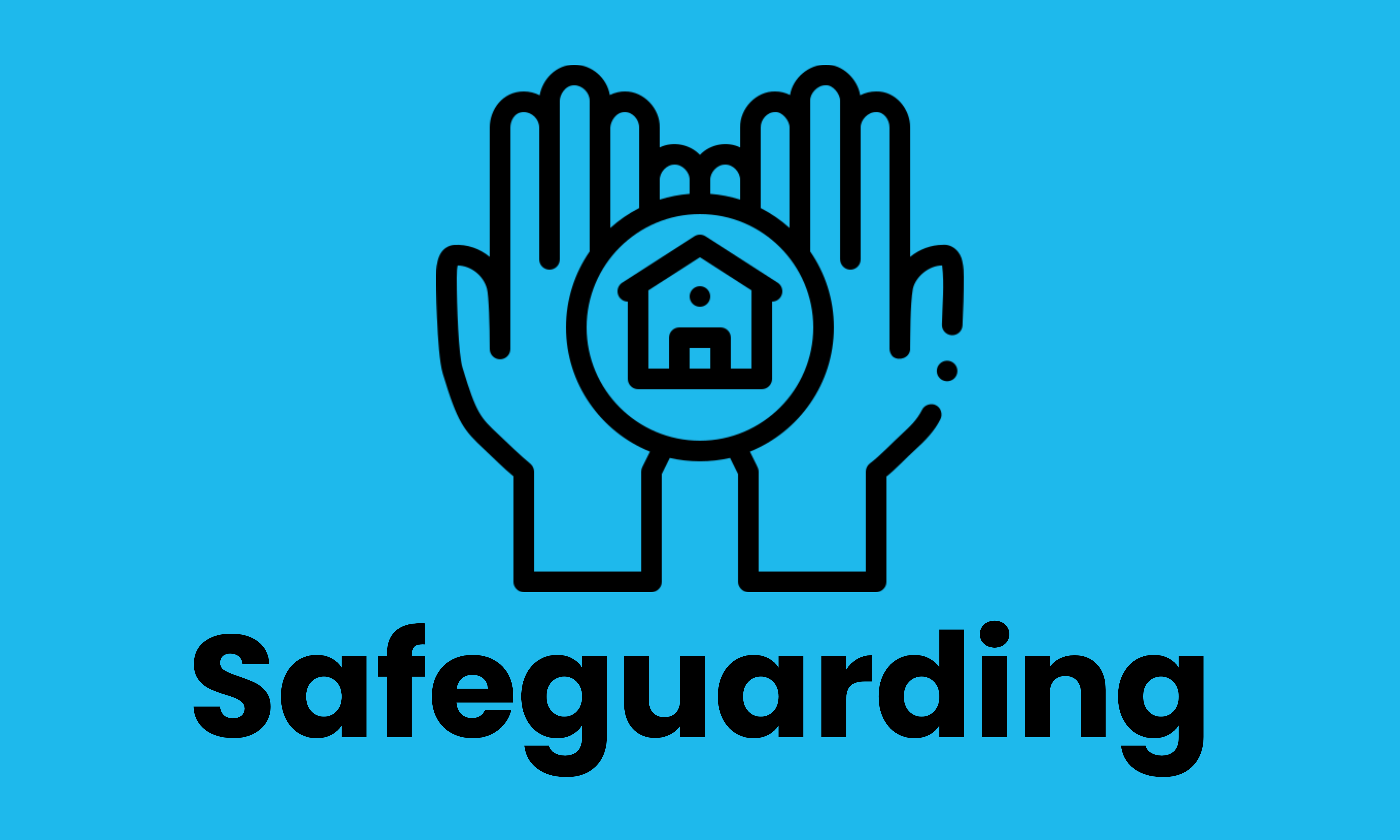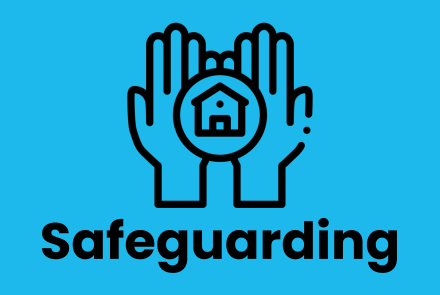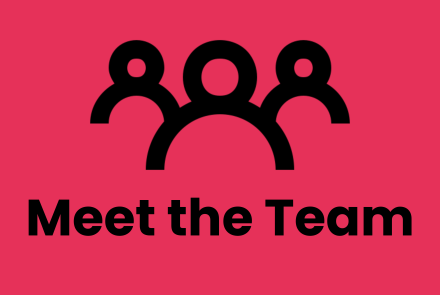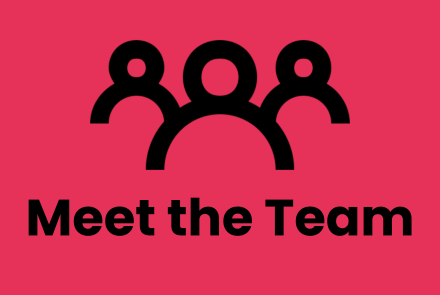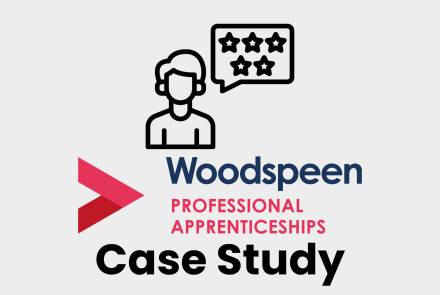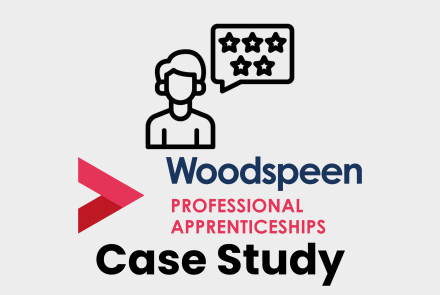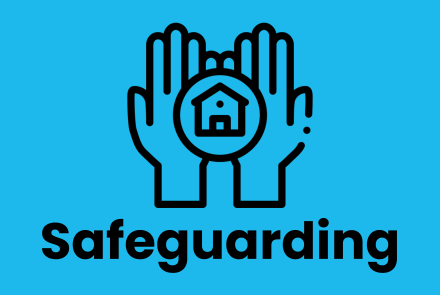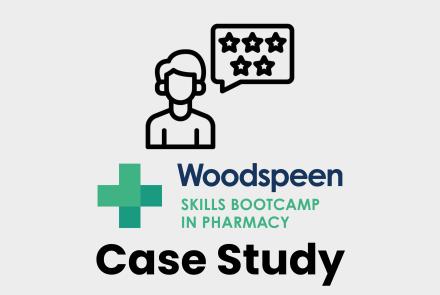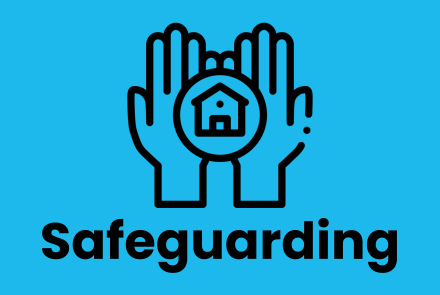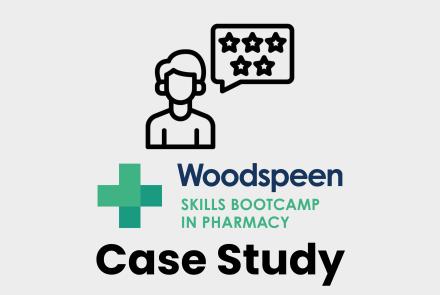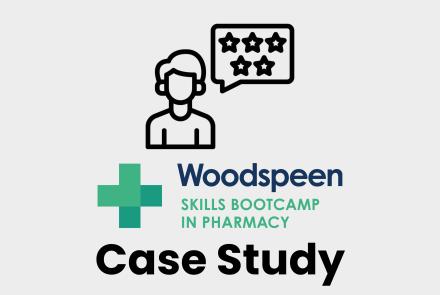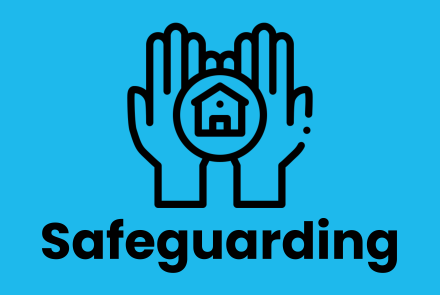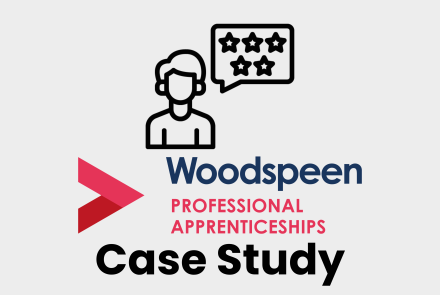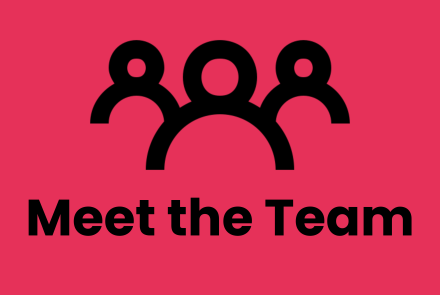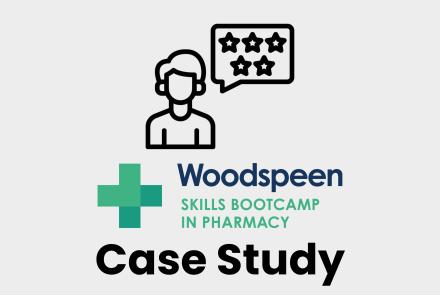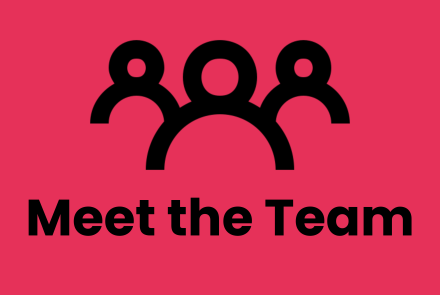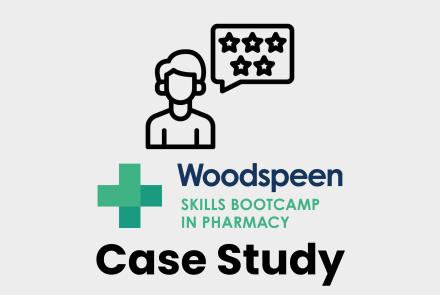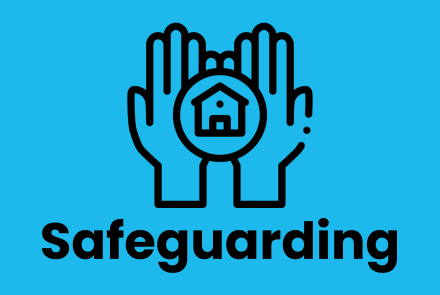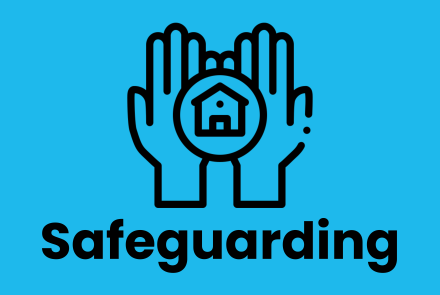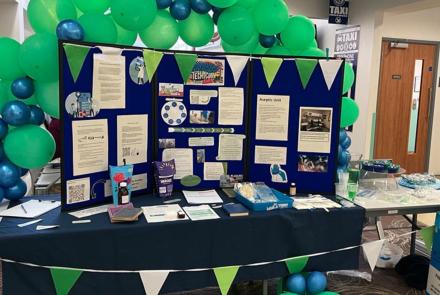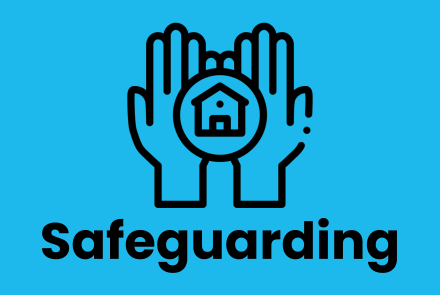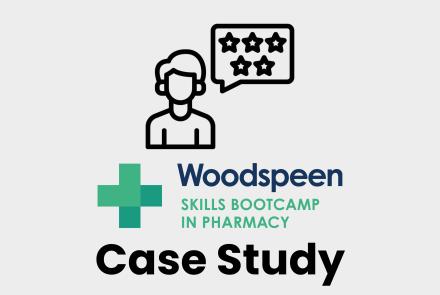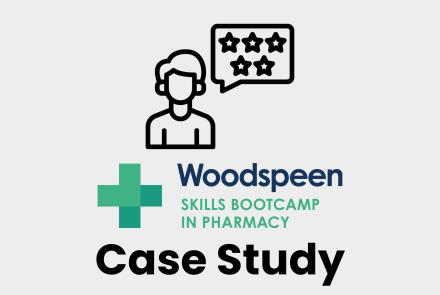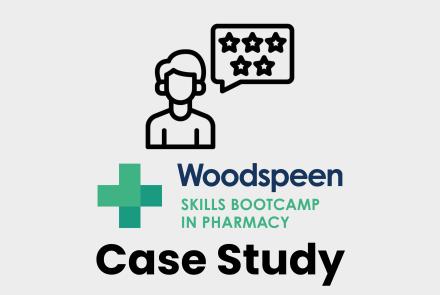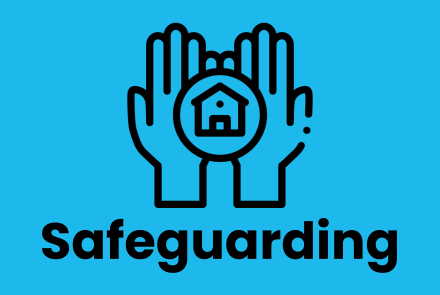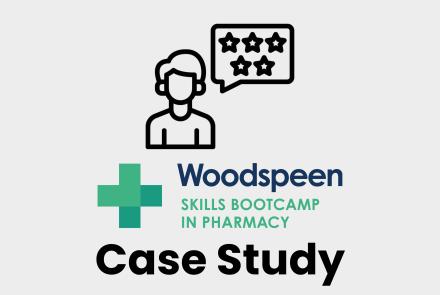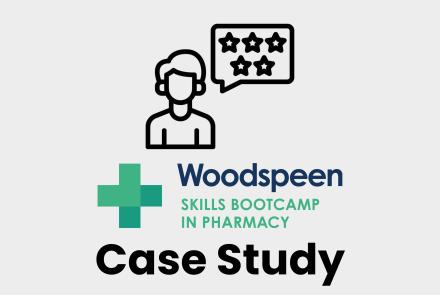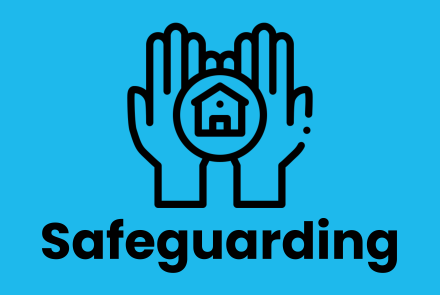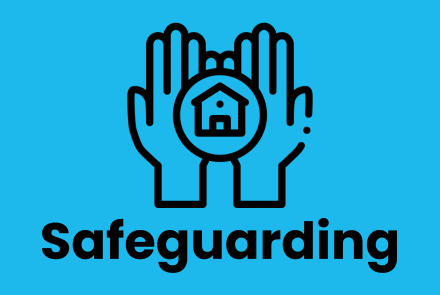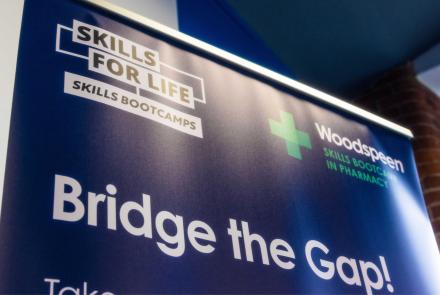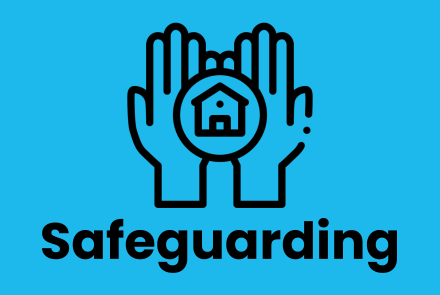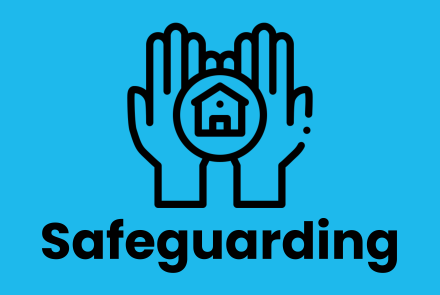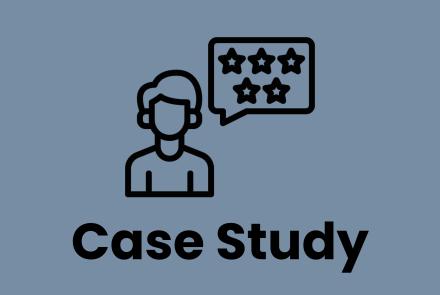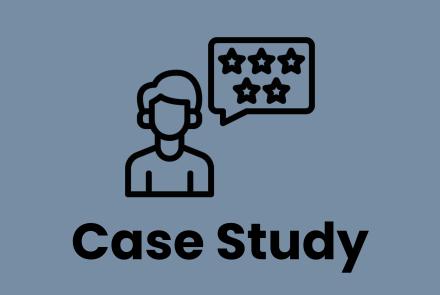Safeguarding Bulletin – May 2025
Welcome to the latest safeguarding bulletin, packed with relevant, engaging and interesting information. If you have any questions or wish to share a concern, please do not hesitate to contact the Safeguarding team:
Allison Collis Designated Safeguarding Lead 07741 743 618
Janine Ridley Deputy safeguarding lead and Pastoral support 07771 672491
Safeguarding is everyone's responsibility
Warning
For some people, the information within this bulletin maybe difficult to read and may result in emotions, memories or experiences which are hard to manage. If at any point, for any reason, you find reading this difficult, please do speak to someone you trust. That maybe your tutor, your manager, or a member of the safeguarding team.
Remembering Manchester: 8 Years On – A call for vigilance, safety, and change
This month marks eight years since the Manchester Arena bombing on 22 May 2017 — a devastating event that took the lives of 22 innocent people and injured many more at the end of an Ariana Grande concert. Among the victims were children, parents, and friends, each leaving behind a legacy of love and heartbreak.
The anniversary is a moment to reflect — not just on the tragedy, but on how far society has come in recognising the importance of public safety and community resilience.
A nation united in grief and strength
In the days and months that followed the attack, the people of Manchester and beyond came together in a powerful show of unity and compassion. The worker bee — long a symbol of the city’s spirit — became an emblem of defiance and strength. Memorials, concerts, and vigils helped carry the nation through its grief and kept the victims' memories alive. But while the grief remains, so too does a determination to make sure lessons are learned.
What is Martyn’s Law?
One of the most significant outcomes in the years since the bombing is the emergence of Martyn’s Law — a campaign led by Figen Murray, the mother of 29-year-old victim Martyn Hett. Martyn’s Law, also known as the Protect Duty, is a proposed UK legislation designed to ensure that venues and public spaces take steps to prepare for and protect against the threat of terrorism. If passed, it will require venues to have proper security measures, staff training, and emergency response plans in place. This campaign is about prevention and preparedness — recognising that while we cannot always stop those intent on harm, we can do more to minimise risk and save lives.
Where are we now?
Eight years on, security in public spaces is stronger and more visible. There is greater awareness of risk assessments and evacuation protocols across events, venues, and education settings. The bill outlines responsibilities for venues based on their size and capacity — ensuring even small organisations are equipped to protect the public.
Why this matters to us all
Whether you attend concerts, work in public venues, or simply go about daily life in busy spaces, Martyn’s Law is about all of us. It promotes a culture of vigilance, responsibility, and care. For young people and learners, it’s a reminder of the world we live in — and the importance of being alert, informed, and compassionate.
How you can honour the anniversary
- Take a moment to remember the 22 lives lost and all those affected
- Learn more about Martyn’s Law and how it could impact your workplace or community
- Start conversations about safety — awareness and preparation are key to prevention
- Support campaigns and charities working with survivors of terrorism and trauma
If you're affected by this anniversary or have concerns around safety or wellbeing, please don’t hesitate to speak to our safeguarding or pastoral team. We are here for you.
🧡 We remember them. We honour them.
We work to keep each other safe.
Skin cancer awareness month
May is skin cancer awareness month – what you might not know
Skin cancer remains the most common cancer in the UK, and awareness around causes and prevention is key. But as research evolves, so does the conversation — and some long-standing advice is now being questioned by researchers, health advocates, and even medical professionals.
UK skin cancer statistics
- Over 16,700 people are diagnosed with melanoma every year
- 150,000+ cases of non-melanoma skin cancer are also diagnosed annually
- UV exposure — from the sun or sunbeds — is still considered a major contributing factor
Traditional guidance: use protection
For years, the advice from public health organisations like the NHS and Cancer Research UK has been:
- Use a broad-spectrum suncream (SPF 30 or higher)
- Reapply every two hours or after swimming
- Wear hats, long sleeves, and sunglasses in strong sunlight
- Avoid the sun between 11am and 3pm
This advice remains the official position of most health bodies.
An emerging view: rethinking the sun
Recent research and discussions are highlighting different perspectives:
Suncream ingredients under scrutiny
Some studies are now looking at whether certain chemical ingredients in suncream (such as oxybenzone and octinoxate) may:
- Be absorbed into the bloodstream
- Act as endocrine disruptors (affecting hormones)
- Potentially contribute to cellular damage or increased cancer risk, especially with long-term or high use
The sunglasses debate
Others argue that:
- Blocking sunlight with sunglasses and sunscreen may prevent the body from producing vitamin D, essential for bone health, immunity, and mental wellbeing
- Morning and midday sun exposure, in moderate amounts, may have positive effects on circadian rhythms and mood regulation
These alternative perspectives are gaining more attention — though many remain under scientific review or are not yet officially recognised by mainstream health bodies.
What this means for you
There’s no one-size-fits-all answer. What’s clear is that we do need sunlight — but how much, when, and in what way is still being debated.
Here’s how you can stay balanced:
- Make informed choices: Consider both mainstream and emerging research
- Spend some unprotected time in the sun — particularly in the morning — if appropriate for your skin type
- If using suncream, check the ingredients and consider mineral-based options like zinc oxide
- Be aware of your vitamin D levels, especially if you avoid sun exposure
Skin cancer awareness is evolving — and so should our understanding of sunlight, sunscreen, and health. 🌞
Healthy relationships in the real and digital world
Recognising the warning signs
In March’s bulletin, we explored the often-hidden dangers of online controlling and coercive behaviour—the subtle ways technology can be misused to monitor, manipulate or isolate someone. This month, we’re continuing that conversation by looking more broadly at what defines a healthy relationship, and why it’s crucial to understand the signs of domestic abuse, especially among young people entering adult life, relationships, and the workplace.
Healthy relationships: what do they look like?
Whether romantic, familial, or platonic, all healthy relationships are built on:
- Mutual respect
- Open communication
- Trust and support
- Independence and personal space
- Shared decision-making
For apprentices juggling work, study and social life, forming safe, respectful connections can be both exciting and challenging. But as we’ve seen through rising reports and safeguarding disclosures, not all relationships are healthy—some are harmful, and some are dangerous.
The sad rise of domestic abuse among young people
Domestic abuse is no longer confined to older, long-term relationships. Recent national data shows a concerning rise in domestic abuse cases among 16-24-year-olds, with emotional abuse being the most reported form.
This abuse can take many forms:
- Emotional or psychological – gaslighting, name-calling, guilt-tripping
- Physical – hitting, pushing, or threats of violence
- Sexual – pressure or coercion to engage in sexual activity
- Financial – restricting access to money or taking control of bank accounts
- Digital – constant messaging, location tracking, or demanding passwords
Many of these were touched on in our previous bulletin, which highlighted how coercive behaviour can often begin as subtly frequent check-ins, passive-aggressive comments, or shaming through social media.
Why it matters in apprenticeships
Some apprentices may be living independently for the first time, forming new relationships, or trying to break free from unhealthy environments. That makes this stage of life both vulnerable and vital for early intervention.
As staff, peers, and role models, we can:
- Recognise the signs of unhealthy or abusive relationships
- Listen without judgment if someone discloses concern
- Refer and support by signposting to safeguarding leads or external services
What to watch for
If you or someone you know is:
- Becoming isolated from friends or family
- Showing signs of anxiety, low self-esteem, or fear
- Constantly checking in with or seeking approval from a partner
- Withdrawing from work or studies
- Making excuses for someone else’s hurtful behaviour
…these could be indicators that something isn’t right.
Support and next steps
We all have a role in promoting healthy, respectful relationships. Safeguarding is not just about responding to harm—it’s about creating a culture of openness and education.
- If you're a learner and have concerns about your own or someone else’s relationship, please contact the Safeguarding Team
Remember: a healthy relationship never makes you feel small, scared or silenced.
The domestic violence figures are quite startling – take a look here:
Domestic Abuse 2024 Report Animation
Gaslighting
Gaslighting is a form of psychological manipulation where one person causes another to doubt their own thoughts, memories, feelings, or sense of reality. It’s often subtle and gradual, which makes it especially dangerous in coercive relationships—where power and control are already being misused.
The term comes from the 1944 film Gaslight, in which a husband manipulates his wife into thinking she’s going mad by slowly dimming the gas lights in their home and denying it when she notices.
In real life, gaslighting can look like:
- “You’re overreacting”
- “That never happened—you’re making it up”
- “You’re so sensitive”
- “You’re imagining things”
- "You always twist things”
Over time, the victim begins to question their perception of reality, their emotional responses, and their ability to make decisions. This creates confusion, dependency, and self-doubt.
How it works in coercive relationships
Gaslighting is often a key tactic in coercive control, which is about dominating another person through fear, confusion, and isolation.
Here’s how gaslighting feeds coercive control:
- Undermines confidence Victims start second-guessing themselves: “Maybe I really am being dramatic…” This makes them more likely to rely on the abuser for “clarity” or “stability.”
- Rewrites history By denying or twisting past events, the gaslighter makes their victim doubt what’s true. This makes it hard for victims to defend themselves or trust their own experiences.
- Isolates the victim Friends or family who challenge the abuser might be labelled as “toxic” or “against you.” Victims may be told, “They’re trying to break us up,” or “They’re lying to you.”
- Makes escape harder If you don’t trust your own judgment, how can you know you’re in danger? Many victims stay in abusive relationships longer because they’re convinced they are the problem.
Examples in a coercive relationship
- After an argument: “I never shouted. You just can’t handle being wrong.”
- About friendships: “Your friends are lying to you. They’re jealous of us.”
- When caught out: “You’re paranoid. I can’t live like this if you keep accusing me.”
- About the victim’s mental state: “You should really talk to someone. You’re not well.”
Why it’s a safeguarding concern
It erodes mental health, makes it harder to seek help, and can lead to long-term trauma, anxiety, depression, and even suicidal thoughts.
If you are someone you know can relate to any of the above, please tell someone you trust or contact the safeguarding team.
ADHD in focus: understanding the surge in diagnosis and the power of neurodiversity at work
When I referred to the rise in ADHD diagnoses and the growing desire for diagnosis as a pandemic at the end of the last bulletin, it was not to suggest that ADHD itself is a disease spreading uncontrollably, but rather to highlight the sheer scale and global nature of the phenomenon. The word was used metaphorically to reflect the widespread, rapid increase in awareness. This surge speaks to long-standing under recognition—and a collective shift toward understanding our brains, our behaviours, and our needs with greater clarity and compassion.
In recent years, there has been a remarkable rise in public interest surrounding Attention Deficit Hyperactivity Disorder (ADHD). Once narrowly understood as a childhood condition characterised by restlessness and distraction, ADHD is now recognised as a lifelong neurodevelopmental condition that affects people of all ages—and in ways far more complex than once thought.
Why are so many people seeking an ADHD diagnosis?
This wave of interest in ADHD isn’t unfounded. Increased awareness, better education, and the widespread sharing of personal experiences—particularly on social media—have helped many people, especially adults, identify patterns in their lives that might once have gone unnoticed or been misunderstood. For many, the “aha moment” comes not in a doctor’s office, but through an Instagram reel or a heartfelt blog post.
For adults who’ve spent years struggling with disorganisation, emotional dysregulation, poor time management, or burnout, discovering ADHD as a possible explanation can be both empowering and deeply emotional. This often leads to a desire for formal diagnosis—not for a label, but for understanding, validation, and access to tailored support.
The challenges in getting diagnosed
However, the path to diagnosis is not always smooth. Waiting lists for ADHD assessments in many places have ballooned. In the UK, for instance, waiting times in some areas can exceed two years and, in some places, waiting lists are currently closed due to high volume.
These delays are one of the reasons why self-diagnosis has become increasingly common. While self-diagnosis should never replace professional assessment, it can be a helpful first step in self-awareness, especially when formal support is inaccessible. It’s important to remember, though, that many conditions share overlapping symptoms, and professional input remains essential for clarity and safe treatment.
Worldwide diagnosis patterns
Globally, diagnosis rates for ADHD vary widely. The UK reports adult ADHD prevalence closer to 3%, though many experts believe this figure is underreported due to low adult diagnosis rates. Nordic countries show similar patterns, while in parts of Asia and Africa, ADHD remains significantly underdiagnosed due to cultural stigma, limited specialist services, or lack of awareness. Across the board, there is a shared trend: diagnoses are increasing as understanding improves. This is not a sign of overdiagnosis—it’s a sign of progress.
ADHD at work: a hidden superpower
Far from being a liability, having someone with ADHD on your team can be a huge asset. While ADHD comes with challenges—such as difficulty with routine tasks, forgetfulness, or overwhelm—it also brings creativity, hyperfocus, energy, and out-of-the-box thinking.
Many entrepreneurs, artists, engineers, and change-makers have ADHD. Their ability to connect dots others don’t see, pivot rapidly, and drive innovation is increasingly recognised in the workplace. With the right support and environment, individuals with ADHD can thrive and help their teams do the same.
Workplaces that embrace neurodiversity—by offering flexible working, clear communication, and a strengths-based approach—often find that their whole team benefits from a more inclusive and creative culture.
In summary
While the "D" in ADHD stands for "disorder," many people with ADHD are reclaiming and redefining what that means. Yes, ADHD presents real challenges—but it also comes with unique strengths: creativity, quick thinking, resilience, and an ability to see solutions others might miss. When nurtured and supported, what’s often labelled a disorder can become a superpower—fuelling innovation, empathy, and excellence in unexpected ways.
It is becoming very clear that neurodiverse individuals don’t need to be “fixed”—they need to be understood, supported, and appreciated for who they are.
And when we do that, everyone wins.
Terrorism and National Emergencies
Current Threat levels in the UK
There are 5 levels of threat:
- Low - an attack is highly unlikely
- Moderate - an attack is possible but not likely
- Substantial - an attack is likely
- Severe - an attack is highly likely
- Critical - an attack is highly likely in the near future
The level is set by the Joint Terrorism Analysis Centre and the Security Service (MI5).
The Threat Level for the UK currently is at SUBSTANTIAL.
Local news
Man who posted support online for Hitler and Nazis given suspended sentence | ITV News Granada
Seven Iranians arrested in British counter-terrorism probes
Yorkshire:
Updated Statement on Leeds Incident | Counter Terrorism Policing
North East:
Investigation continues after Hashem Abedi attacks prison officers - BBC News
South East:
London man who had bomb-making guide on his phone jailed | Counter Terrorism Policing
Get involved and be part of the solution:
Our Vision — The Resilience in Unity Project
If you suspect terrorism-related activity or extremist involvement, it's crucial to act responsibly. Here’s what you should do:
Immediate danger
- If you believe an attack is imminent or there is an immediate threat, call 999 (or your local emergency number) immediately
Suspicious activity (not immediate danger)
- Report to Prevent Lead (Allison Collis) 07741 743618
- Report to the Police
- In the UK, you can report online via Action Counters Terrorism (ACT) or call the anti-terrorist hotline at 0800 789 321
Anonymous reporting
- You can report concerns anonymously via Crimestoppers (0800 555 111) if you are uncomfortable disclosing your identity
June edition
- Used, exploited, controlled: County lines and young lives/li>
- Gender and the law: A look at the latest ruling
- PTSD: More than just a bad memory
- Drink spiking: The hidden danger on a night out


